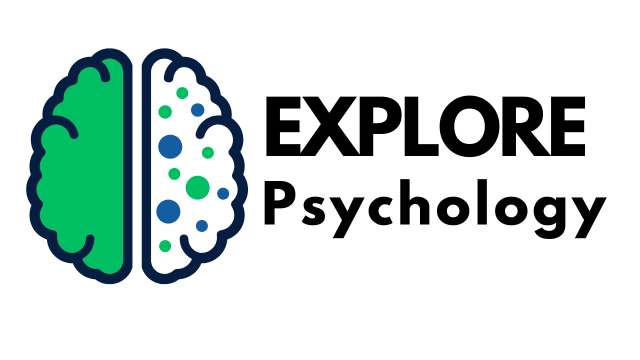The Vygotsky social development theory suggests that social interactions and experiences influence children’s cognitive development. In simple terms, when you are cognitively ready to learn something, you learn it by observing others do it. For example, a child learns to throw a ball or ride a bike by seeing others do the same.
Also known as Vygotsky’s sociocultural theory, this approach to learning emphasizes the role that social processes play in a child’s development and learning.
The Vygotsky social development theory boils down to three main elements:
- Zone of Proximal Development (ZPD): This concept highlights the gap between a learner’s current abilities and potential, which can be closed with the help of more knowledgeable others or scaffolding.
- Scaffolding: The support provided by teachers, peers, or more skilled individuals to help learners bridge the gap between their current ability level and the level required to perform a task independently.
- Cultural Tools: Cultural artifacts, language, symbols, and social interactions play a crucial role in cognitive development, shaping individuals’ understanding of the world and problem-solving abilities.
Background of the Vygotsky Social Development Theory
Lev Vygotsky was a Russian psychologist who studied the development of children and how it was influenced by society and culture. He was influenced by the work of Jean Piaget, although he disagreed with some aspects of Piagets theories.
Vygotsky died in 1934 at the age of 37, so his influence remained limited for many years after his death. Many of his books and writings were banned in Russia until after Stalin’s death. It was not until much later, when his works were translated into English, that many of his ideas grew in prominence.
Since the 1990s, his work has become very influential in the field of modern educational theory.
Understanding the Vygotsky Social Development Theory
At the core of Vygotsky’s theory is the idea that kids learn cognitive and social skills from interactions with people who are more skilled than them, including more knowledgeable peers, older children, and adults. It emphasizes the role that social experiences and culture play in a child’s learning experiences.
Vygotsky suggested that children’s cognitive development is influenced by culture in two ways:
- Children acquire knowledge through their exposure to their surrounding culture. Vygotsky believed that culture teaches children what to think and how to think.
- Children achieve intellectual development via their problem-solving experiences with older individuals, including parents, teachers, siblings, and other children.
As children learn, they are confronted by increasingly challenging problems. To acquire the skills and knowledge that they need, they need the help of a more knowledgeable adult to guide them.
Vygotsky referred to the gap between what children can do on their own and what they cannot do by themselves as the zone of proximal development. More knowledgeable individuals who interact with children provide the scaffolding that kids need to bridge that gap and further their knowledge.
Vygotsky vs. Piaget
Vygotsky and Piaget are two influential thinkers who introduced important ideas about how kids learn. Vygotsky says kids learn from interacting with others, like teachers or parents. He talks about the ‘zone of proximal development,’ which is where kids can learn with a bit of help.
Piaget, on the other hand, thinks kids learn on their own as they grow up. They construct their knowledge based on their own experiences, kind of like scientists who conduct experiments to figure out how the world works.
There are also other important child development theories, like Freud’s and Erikson’s about how kids develop emotionally, and Kohlberg’s moral development theory about how they learn right from wrong.
Sources:
Heberle, A. E., Thomann, C. R. B., & Carter, A. S. (2020). Social and emotional development theories. In Encyclopedia of Infant and Early Childhood Development (pp. 173–182). Elsevier. https://doi.org/10.1016/B978-0-12-809324-5.23633-X
